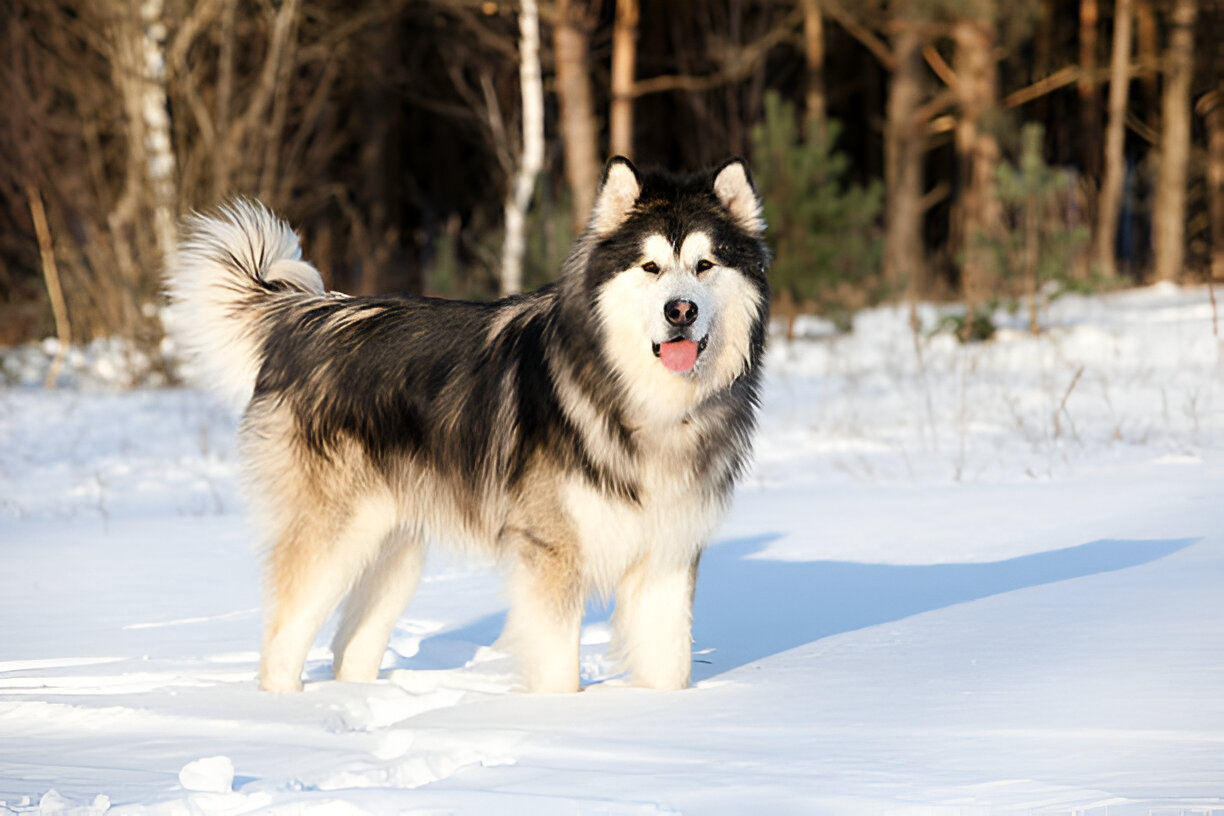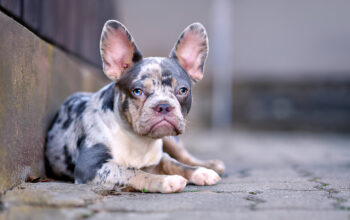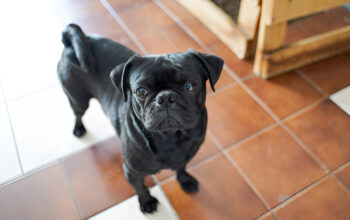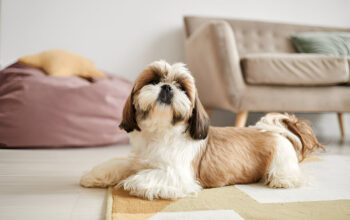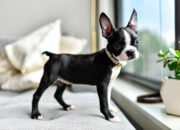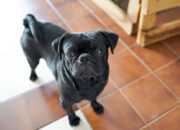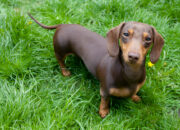Alaskan Malamute 2025 – The Complete Owner’s Manual from Puppy to Senior (Paperback)
An Introduction to This Wonderful Breed
The Alaskan Malamute is one of mother nature’s more impressive creations when it comes to the canine world – a strong, independent, intelligent, and enduring Arctic breed that has a history that spans thousands of years. And this ultimate guide will take you through every step of managing this magnificent dog, from their history as ancient canines to the modern measures you need to know.everything that is new in veterinary 2024 research in training and health management methods.
Breed Origins and Historical Importace
THE ANCIENT ROOTS OF THE SNOW DOG
The Alaskan Malamute descended from the Arctic and Siberian wolf and is believed to be 4,000 years old or more. These were not only dogs but life-saving partners:
Primary Roles:
*Duty Fright (could pull up to 1,500lbs)
*Seal and polar bear hunters
*Defenders of the family under tough circumstances
Evolutionary Adaptations:
*Paws - Like snowshoes for weight distribution.
*Tail curved over the nose when sleeping
*Double coat with fluffy undercoat
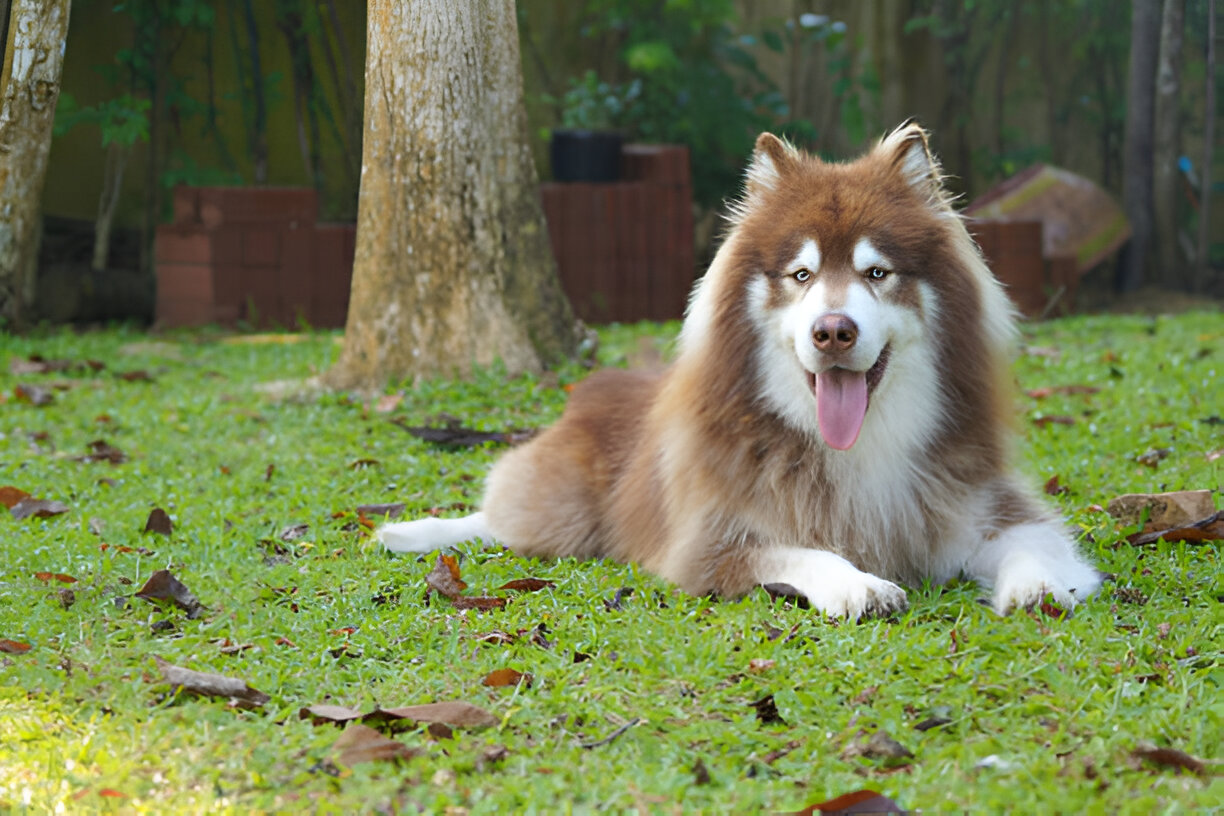
A Common Breed Through the Ages
*Gold Rush Era (1896-1900): Bred with huskies and almost extinct
*1926: Declared Purebred by American Kennel Club
*World War II: Used in the Arctic, search and rescue duties
*2025 Status: #58 in AKC popularity Trend: Increasing in popularity
*Fun Fact: The Malamute’s chorus is made up of the same frequency range as that of the wild Arctic wolf.
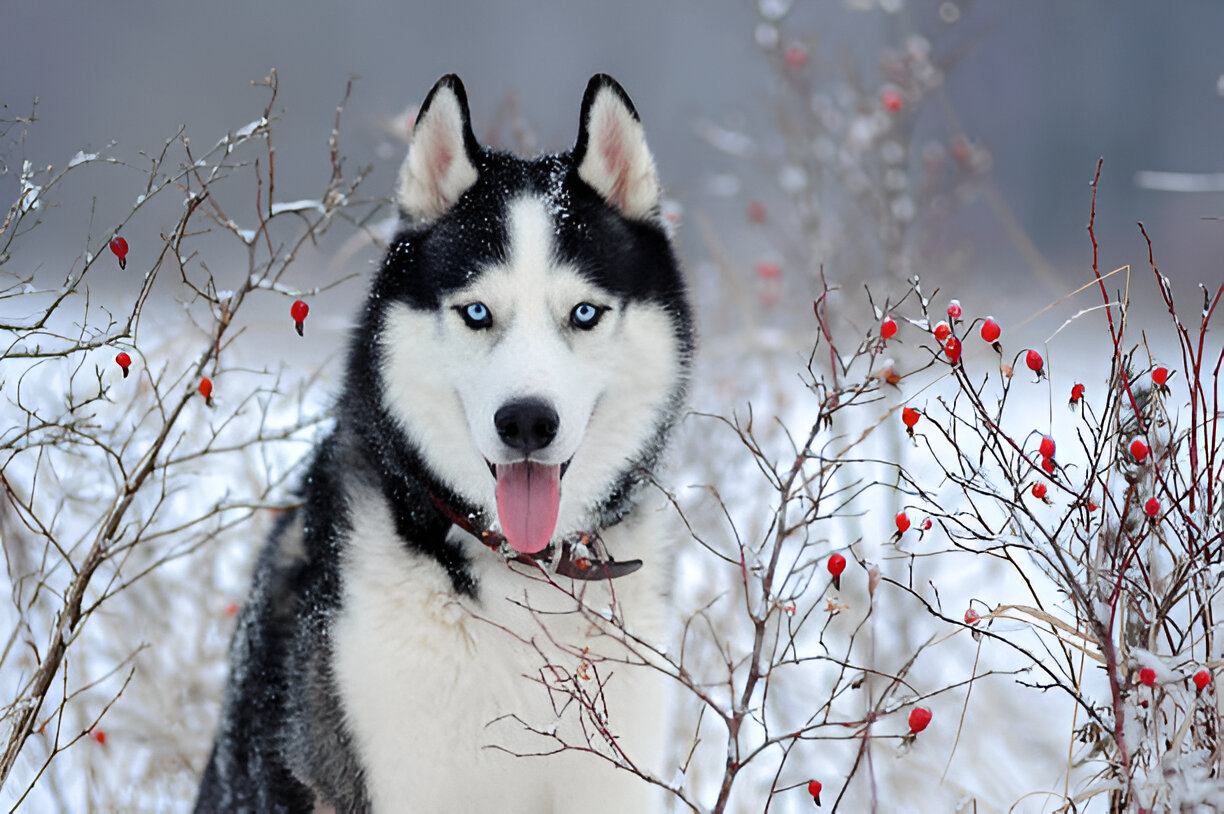
PhysicalTraits & Breed Standard
Breed Official Standard
| Category | Standard |
|---|---|
| Height | 23-25″ (F), 25-28″ (M) |
| Weight | 75-85 lbs (F), 85-100+ lbs (M) |
| Coat Colors | Gray, black, sable, or red with white markings |
| Eye Color | Brown only (blue eyes disqualify) |
| Tail | Plume-like, carried over back |
The Malamute Coat – Nature’s Insulator
*Coat Type: Outer coat is harsh, water the control keys.
*Underlayer: Thick wool (in winter, 2-3” thick)
Shedding Pattern:
*Submit a Comment You must be logged in to post a comment.
*Shedding will vary depending on the season.Daily brushing during times of shedding
*Normal hair loss: 1/2 pound per week during its peak season
*Grooming Pro Tip: Use a high velocity dryer to blast off loose undercoat quickly.
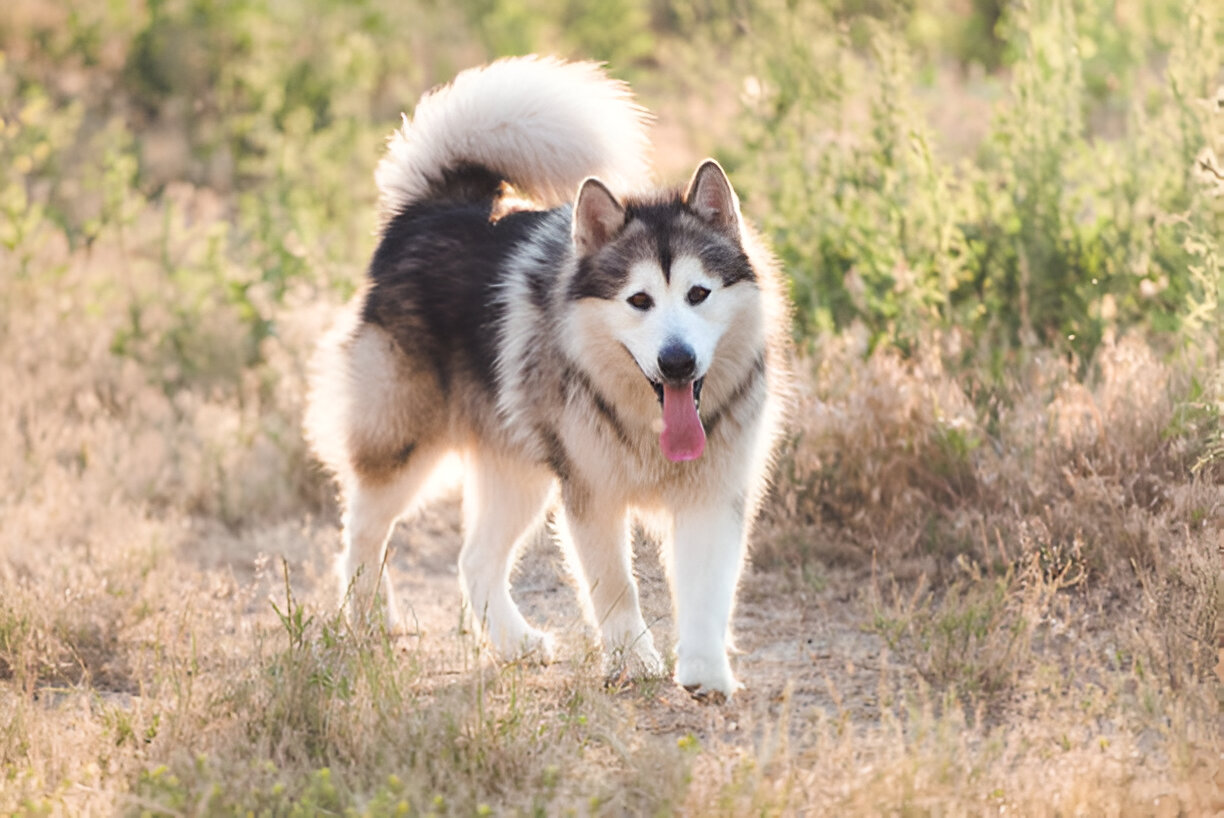
Attitude & Behavior Good-natured, gentle and docile are adjectives often used to describe the Fila.
Personality Profile
*Intelligence: Top 15% of working dogs
*Independency: Strong problem solving ability (Possible to open gates/latches)
*Social Requirements: Pack-focused, but not excessively dependent
Similarities in behaviors
*Vocalizations:
*Conversational ”woo-woo” tones
*Full-pack howling sessions
Play Style:
*Mouthy but gentle
*Loves tug-of-war
*Enjoys digging massive holes
Working Mentality:
*Needs purposeful activity
*Great at weight-pulling sports
*Can be destructive when bored
*Training Tips: The Malamute responds well to reward based training using high value training treats such as
salmon or liver.
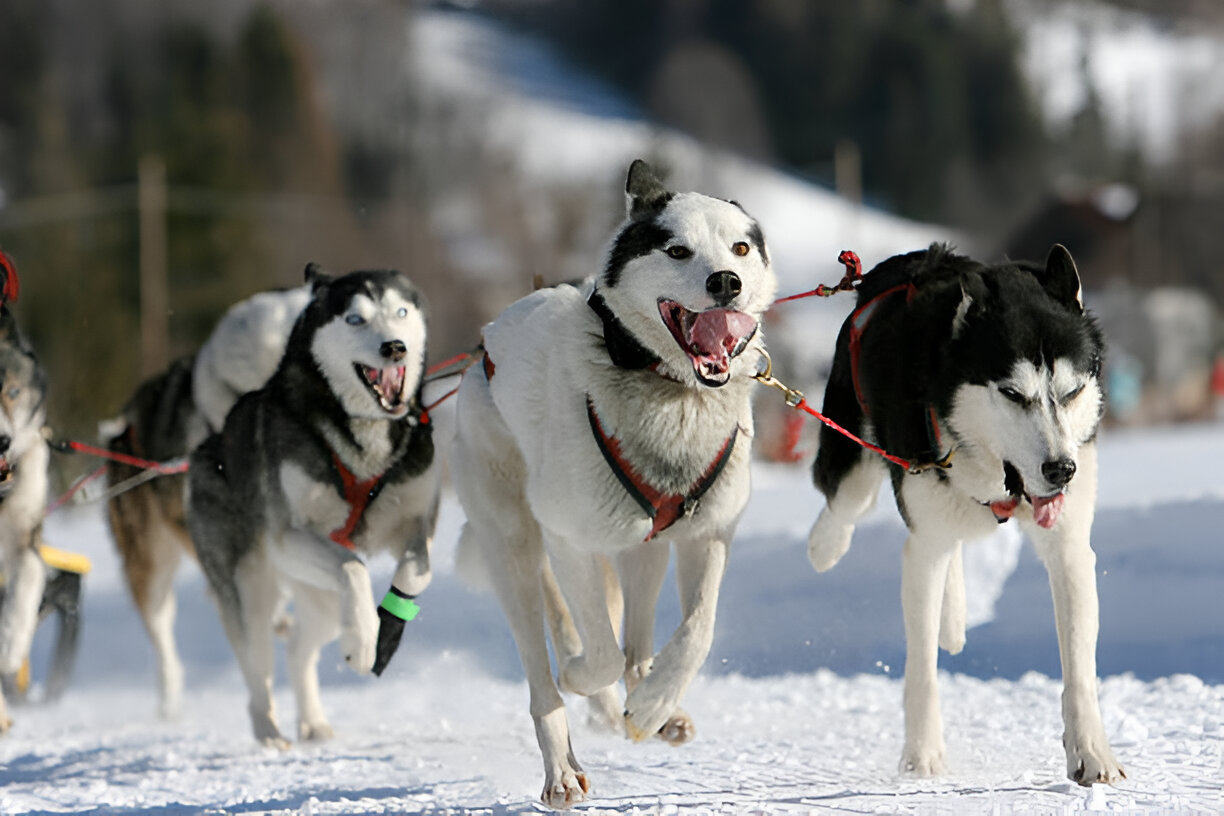
Health Service(s ) (2024 Schemes)
Life span & Genetic health issues
Average Lifespan: 10-14 years
Top Health Issues:
| Condition | Prevalence | Prevention |
|---|---|---|
| Hip Dysplasia | 23% | OFA screening |
| Chondrodysplasia | 15% | DNA testing |
| Bloat (GDV) | 12% | Elevated feeders |
| Polyneuropathy | 8% | New 2024 genetic test |
Progressive Health Habits And Techniques
Joint Care:
*Add green- lipped mussel powder to the diet
*Low-impact exercise until 18 months old
Cancer Prevention:
*Yearly chest X-rays beginning after age 6
*Blueberries and kale both Known for being rich in antioxidants, folks who eat high levels of antioxidants – think blueberries and kale – tend to see slower mental decline.
Heat Stroke Prevention:
*Cooling vests for summer
*Frozen bone broth treats
Veterinary Tip: Malamutes need 20% less calories per pound because they don’t have an Arctic metabolism like other large breeds.
Comprehensive Care Guide
Dietary Guidelines for Life Stages
| Age | Protein % | Fat % | Calories/Day |
|---|---|---|---|
| Puppy (0-12mo) | 28% | 18% | 1,800-2,200 |
| Adult (1-7yrs) | 24% | 14% | 1,500-1,800 |
| Senior (7+yrs) | 26% | 12% | 1,200-1,500 |
Special Notes:
*Grain-free diets should be avoided (associated with DCM)
*Can be fed raw but needs to be monitored by the vet
*Slow-feeder bowls are suggested as a preventative measure for bloat
Exercise & Enrichment Requirements
At least 2 hours of moderate to high intensity physical activity daily
Ideal Activities:
*Pulling (12 month and up)
*Skijoring (“Ski driving” in Norwegian)
*Hiking while carrying weight-packed loadChildren.
*Agility (this is slightly modified for bigger dogs)
Mental Stimulation:
*Food puzzles (Kong Wobbler)
*Scent work games
*Frozen treat dispensers
Warning: Never run when the temperature is hotter than 70°F without a cooling accessory.

Training & Socialization
Puppy Training Timeline
*8-12 weeks:
*Bite inhibition training
*Crate acclimation
*Then you go on to the desensitization of the surfaces (wood, tile, grass)
3-6 months:
*Leash manners
*Training recall (long line version)
*Leave it” command
6-18 months:
*Advanced obedience
*Canine Good Citizen prep
*Working skill development
Dealing with Common Difficulties
Digging:
*Designated sandbox area
*Buried toy rewards
Pulling:
*Front-clip harnesses
*”Be a Tree” technique
*Separation Anxiety:
*Gradual departure training
*White noise machines
*Interactive cameras
Pro Tip: Alaskan Malamutes need 3x more repetitions when being trained than the average dog.

Buying & Adoption Guide
2025 Pricing Overview
| Region | Price Range | Included |
|---|---|---|
| USA | 1,800−3,500 | Health guarantees |
| Europe | €2,000-€4,000 | EU pet passport |
| India | ₹90,000-₹2,50,000 | Import documentation |
Finding the Right Breeder
Must Provide:
*OFA hip/elbow certifications
*DNA test results
*3-generation pedigree
Red Flags:
*”Teacup” or “mini” Malamutes
*Several litters and year-round available
*No onsite visits permitted
Rescue An Adoption Alternative: Malamute-specific rescues for adult dogs.
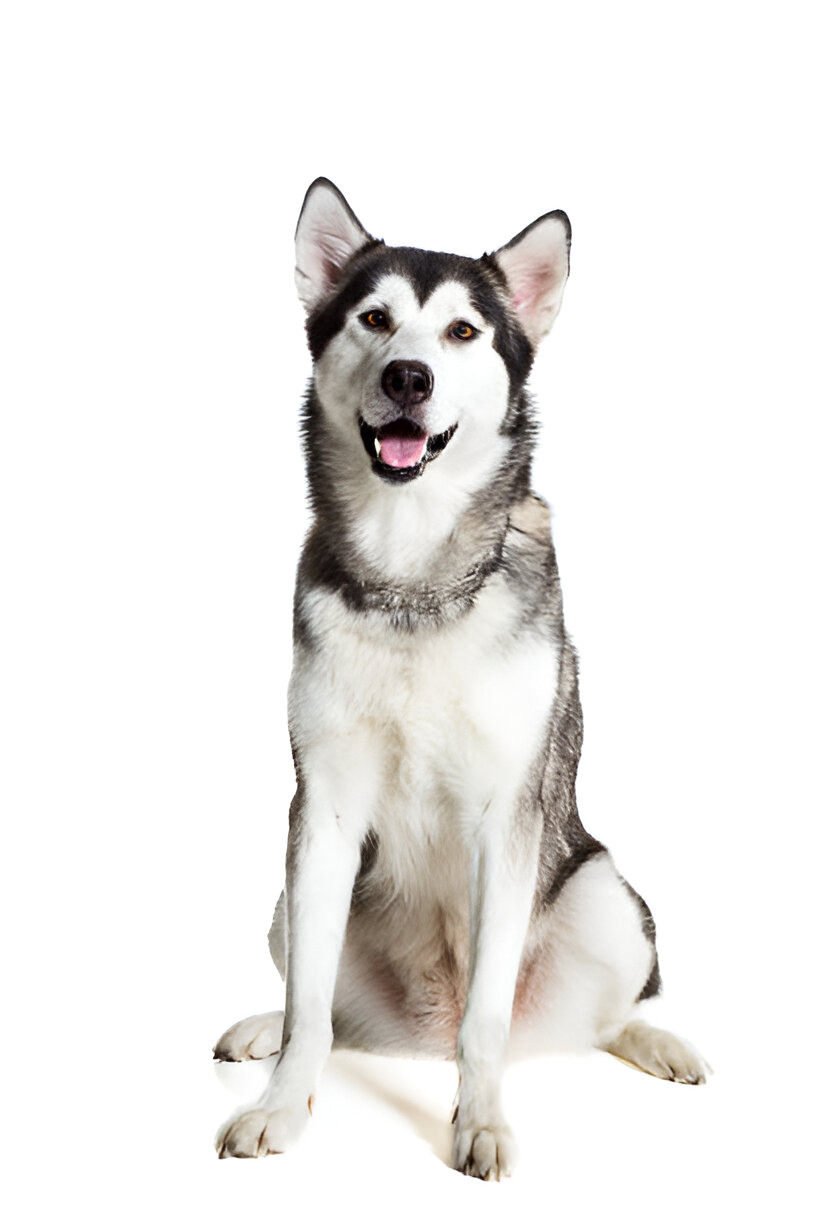
Frequently Asked Questions
Q1.Can Malamutes be apartments?
A: Possible but challenging. Requires:
*3+ daily walks
*Doggy daycare 2-3x weekly
*Intensive mental stimulation
Q2: Are they great with other wanimals?
A: With proper introduction:
✅Works well with: Other XL Dogs
⚠️ Things to watch for: Small animals (they have a high prey drive)
❌ Not good with: Cats (unless raised together)
Q3: What is too cold for a Malamute?
A: They are good to -40°F if you have good shelter. Only bring indoors if:
*Wind chill exceeds -60°F
*Ice pellets are present
*Dog shows distress (pick up foot)
The Future of the Breed
Breakthroughs in Genetic Research in 2025
*New inherited neuropathy marker tests
*Outcross programs for enhancement of genetic diversity
*Advanced prediction models for hip dysplasia
Changing Ownership Trends
*Increased urban adaptations
*More therapy dog licenses
*Dryland mushing sports growth
Conclusion – Alaskan Malamute; Right For Me?
Ideal Owner Profile:
✔️ Experienced with headstrong breeds
✔️ Active outdoor enthusiast
✔️ Patient trainer
✔️ Cold climate resident
Reconsider If:
❌ Want a low-maintenance dog
❌ Live in hot/humid areas
❌ Prefer quiet companions
